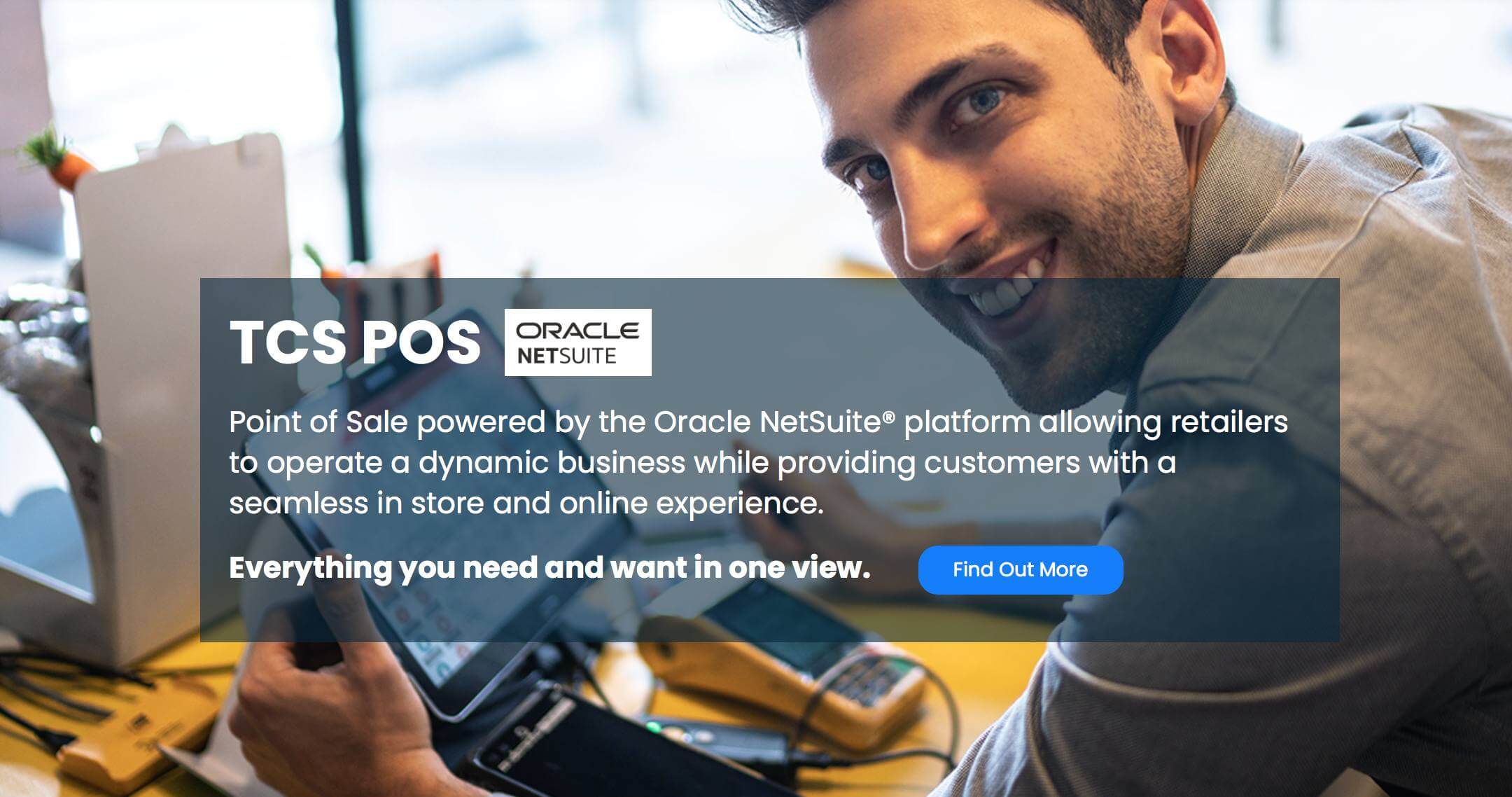A Single Platform: The First Pillar in Unlimited Retail Growth
Posted by Branden Jenkins, GM of Global Retail, NetSuite
Need an example of the upheaval and disruption ecommerce has brought to retail? Ask a catalog retailer.
Hanover Direct, a 102-year old apparel and home fashion retailer built its business on mail order catalogs for its multiple brands including, The Company Store, Company kids, Scandia Home and Undergear, but when it began updating its systems to enter the world of omnichannel retail it confronted dozens of point-to-point integrations spread across legacy mainframe applications. That kind of complexity slowed business processes and left management with little visibility into operations.
It’s an all too common scenario. Retailers have invested heavily in technology that has failed to keep pace with the rapid transformation in the industry and are left with disconnected systems that no longer meet the expectations of the modern customer. Legacy ERP, order management and CRM systems built before the Internet existed are ill-equipped to provide a consistent customer experience across all touchpoints and allows customers to buy online/return in-store or ship items not available in-store from nearby stores or warehouse locations. At best, retailers have managed to stitch together integrations between their disparate back office and retail systems, which still fail to deliver a true omnichannel experience. In fact, according to Retail Systems Research, just over half (54 percent) of retailers surveyed say that their biggest inhibitor is that they do not have a single view of the customer across channels.
It was that situation that led Hanover Direct to overhaul its financials, inventory and order management, manufacturing and CRM, and POS with a single, unified cloud-based platform. Simply by moving to NetSuite’s cloud-based system, Hanover Direct was able to drastically reduce the IT costs and complexity of its previous system and reduce the equipment in its data center from 95 to 25. More importantly, it gave the business real-time visibility into sales orders across channels, inventory and customer information for informed business decisions.
Leveraging a single platform is a vital step in offering a true omnichannel customer experience. With a single cloud platform across front-end and back-office systems, integration costs are reduced dramatically. A cloud-based approach also allows the system to communicate and integrate with other cloud applications, further increasing efficiencies and capabilities.
That single platform is just one of the pillars we’ve identified in creating a customer-centric commerce experience that can power growth. Learn more about the rest in our ebook.

